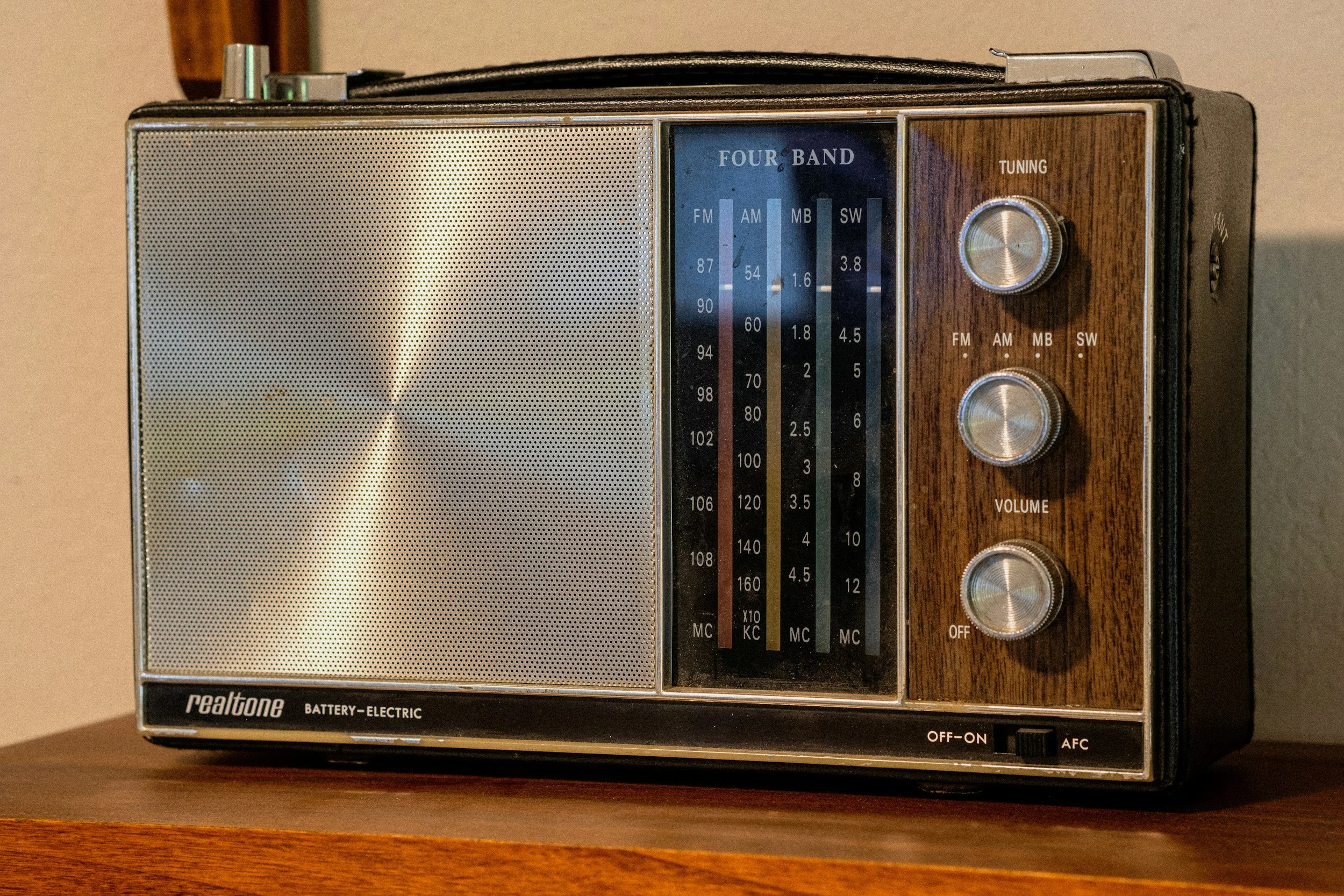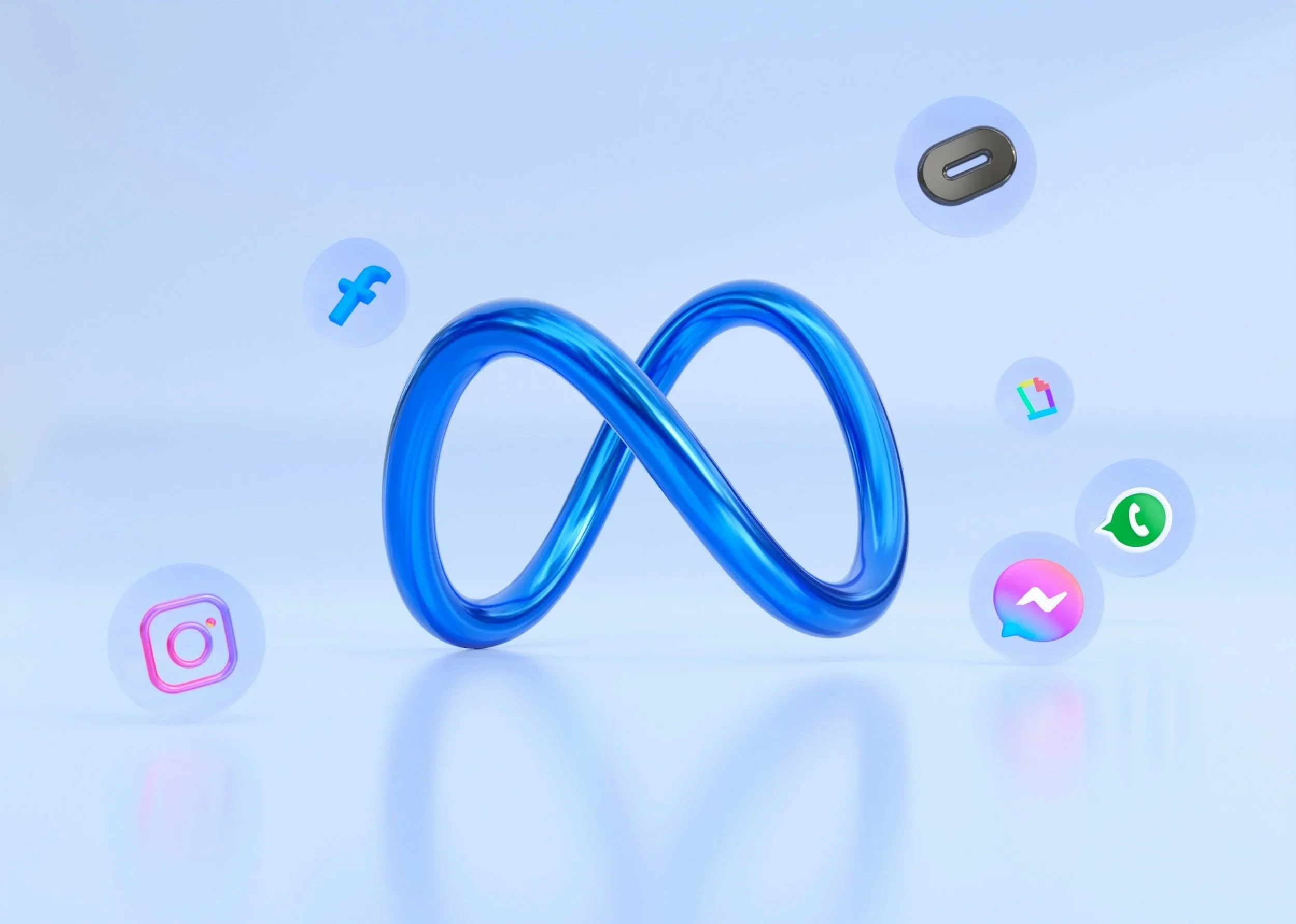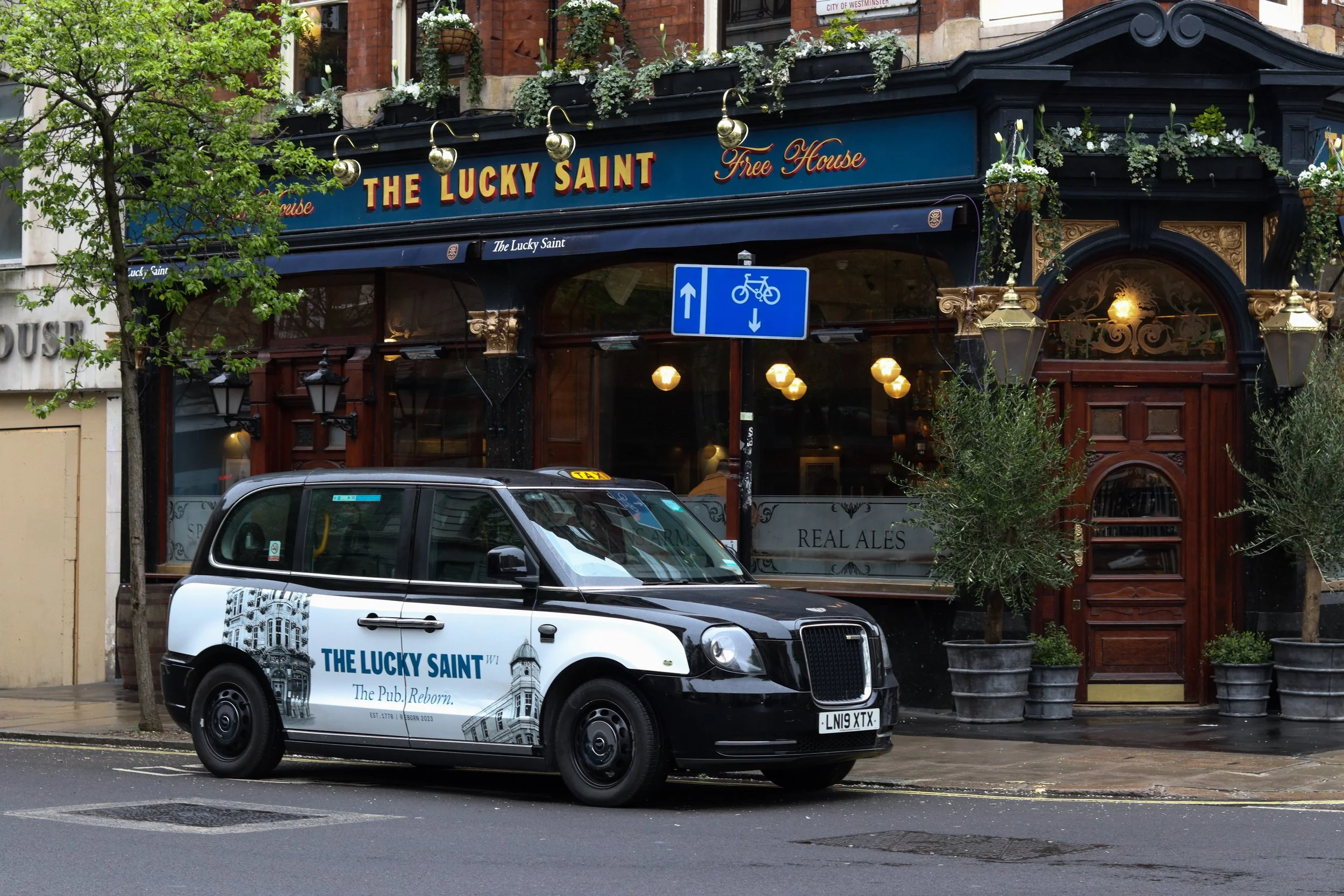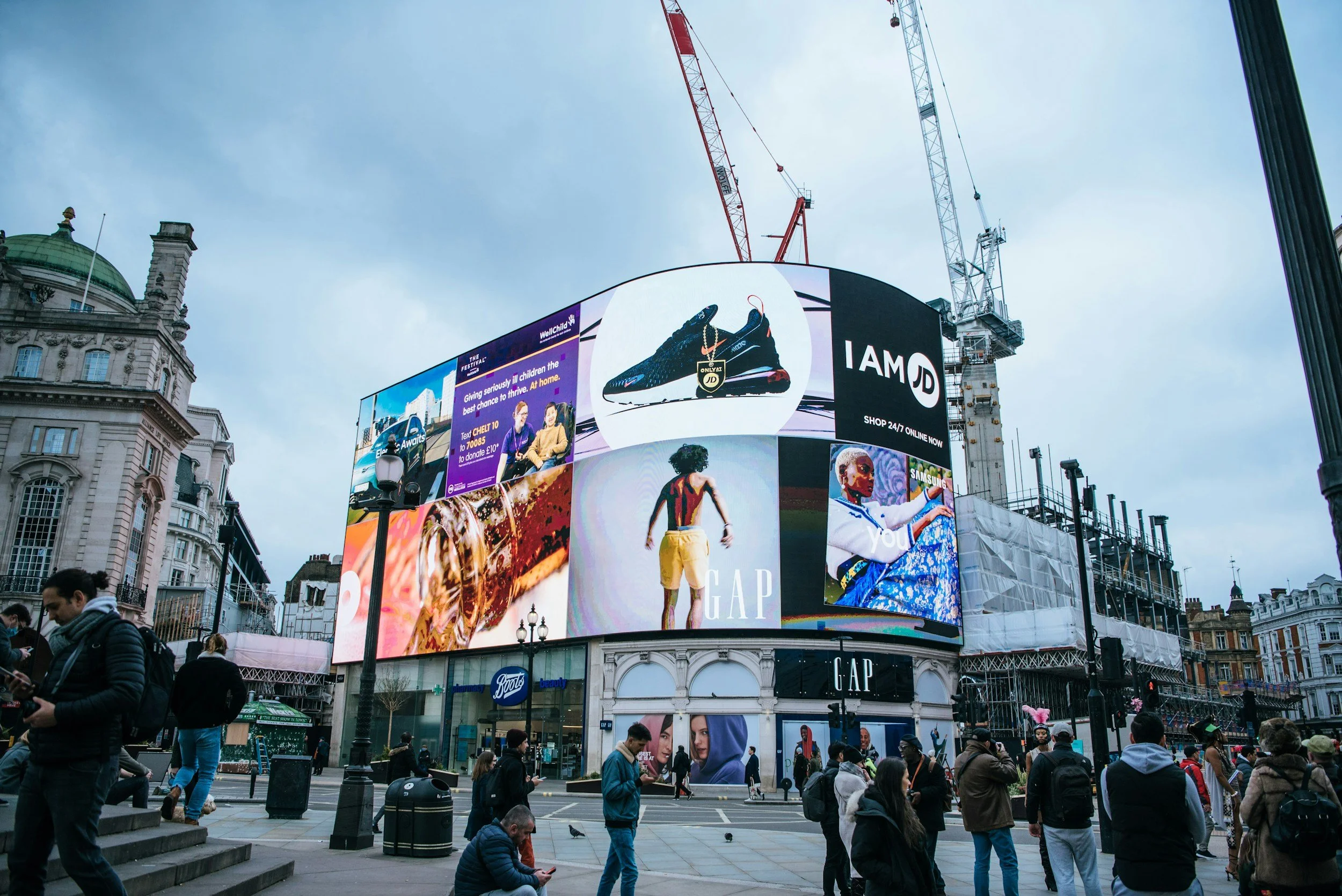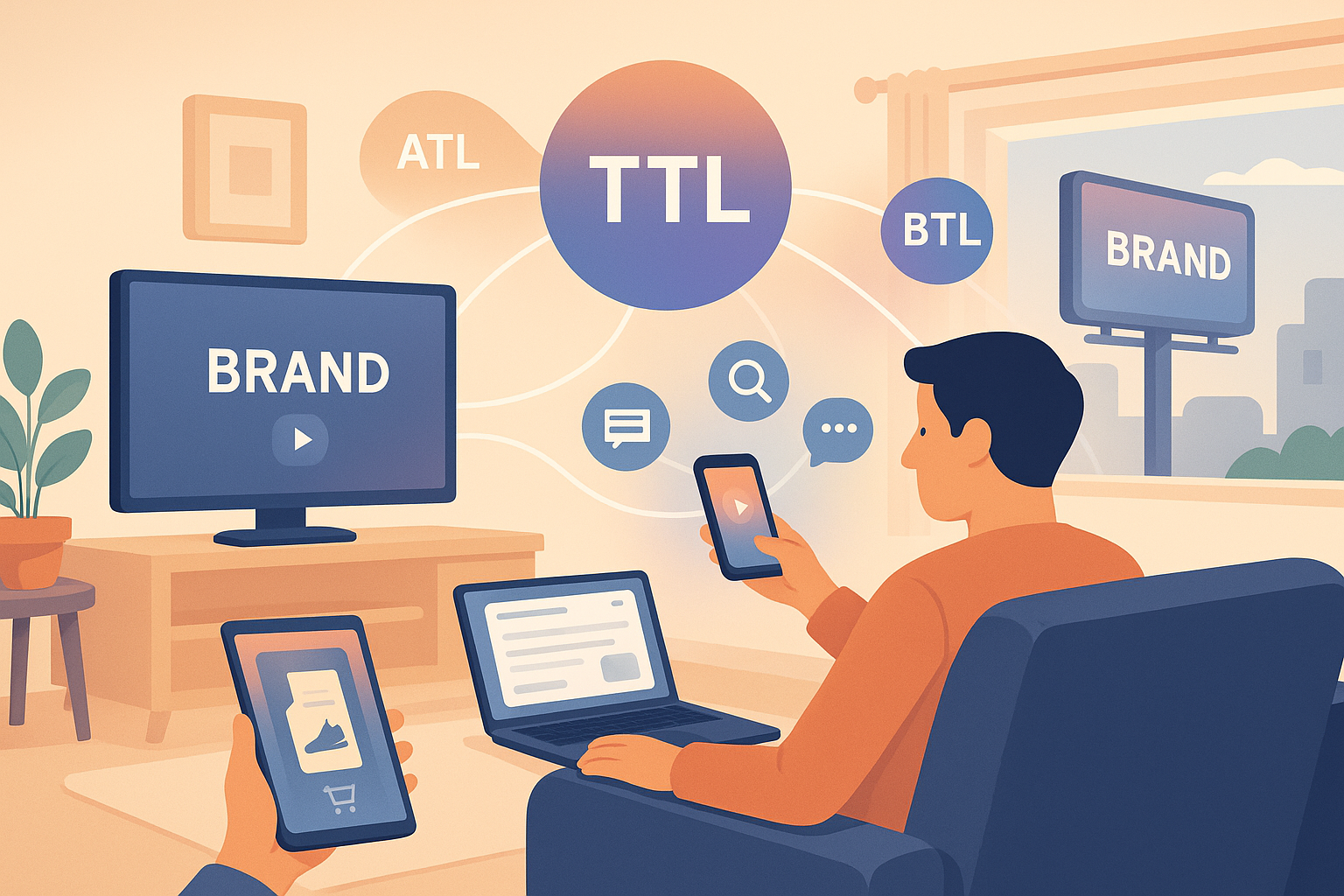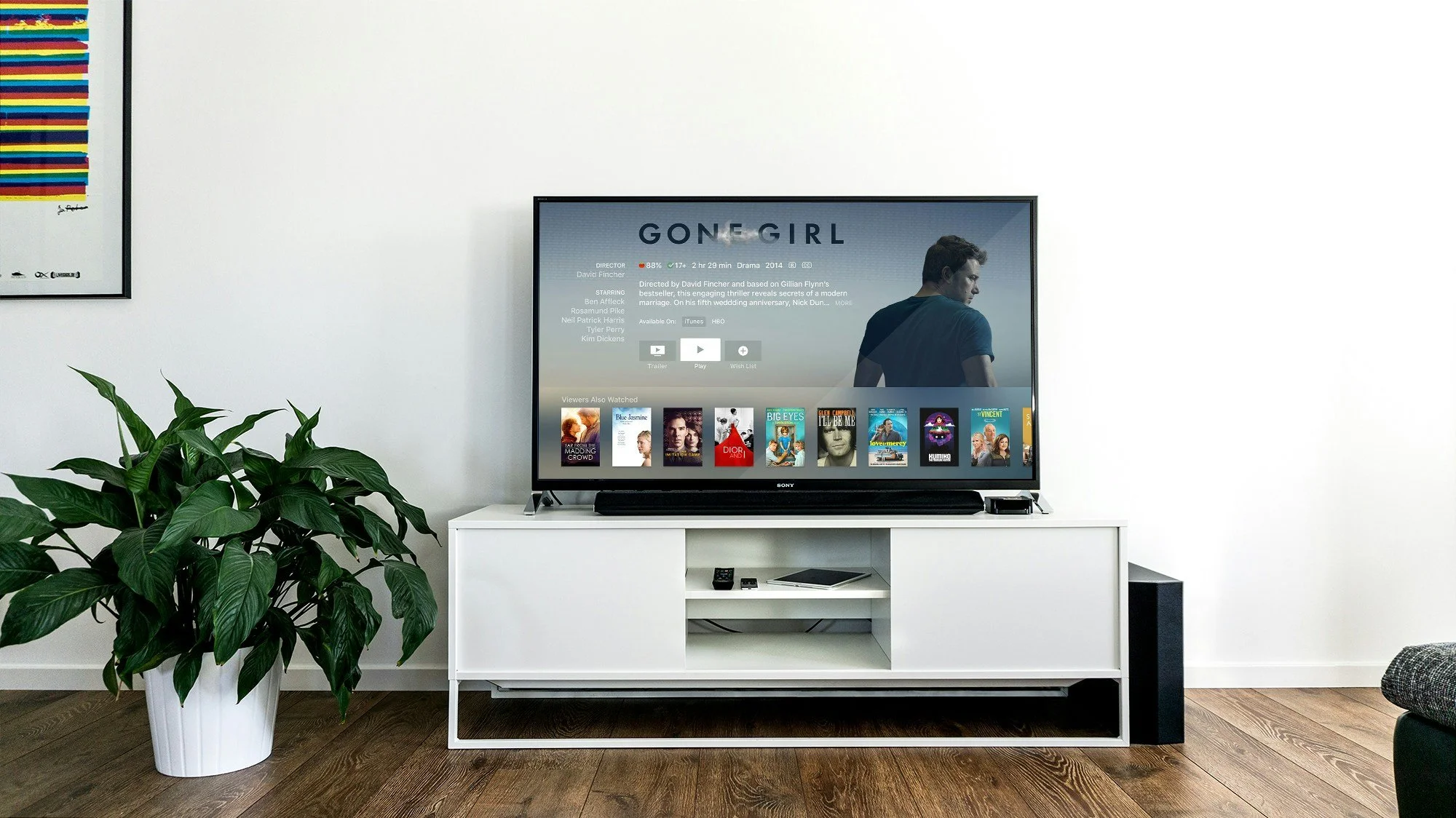Advantages and Disadvantages of Radio Advertising
Radio Advertising as with any media has upsides and downsides.
Key Takeaways
Radio advertising reaches broad audiences cost‑effectively and allows flexible, immediate campaigns with targeting by station or listener demographic.
It creates an emotional connection through sound alone but lacks the visual component of other media.
Limitations include listener distraction, fragmented audiences, short ad lifespans, measurement challenges and clutter during peak slots, so campaigns must balance pros and cons.
Radio advertising is one of those timeless forms of media that continues to hold its ground, even amidst the explosion of digital advertising platforms. As a media agency, we know that the right choice of medium can make or break a campaign, and radio advertising often delivers unique advantages that other channels simply can't replicate. But it comes with a few challenges too. Let's break it down.
The Benefits of Radio Advertising?
One of the main draws of radio advertising is its wide reach and accessibility. Whether you're driving in your car, making breakfast at home, or even working in the office, the radio is there with you. Its ubiquity means that advertisers have the opportunity to connect with a large and diverse audience throughout their daily routines. This broad reach makes radio a great way to get your message in front of people, no matter where they are.
Costs
But it isn't just about reach. Radio is also incredibly cost-effective. Compared to television or print, radio adverts are relatively inexpensive to produce and air. This makes them an attractive option for businesses, particularly those with tighter budgets. The ability to stretch your marketing budget further means you can create more touchpoints with your audience, ensuring that your message gets heard.
Targeting
Another key strength of radio advertising is its targeting capabilities. Different stations cater to different tastes, interests, and demographics, which means advertisers can easily zero in on the audience they want to reach. Whether you're targeting a young, music-loving crowd or a more mature audience that tunes in for talk radio, you can tailor your messaging to connect with specific listeners in a meaningful way. This level of targeting can lead to higher engagement and conversion rates.
Flexibility
Radio also offers flexibility and immediacy that few other forms of advertising can match. Need to adjust your ad because of an unexpected event or opportunity? No problem. Radio ads can be produced and broadcast in a matter of days, or even hours, making it ideal for time-sensitive promotions or last-minute changes. This agility helps businesses stay relevant and responsive.
Moreover, there's something about radio that creates an emotional connection with listeners. The intimate nature of someone speaking directly to you, combined with well-chosen music or sound effects, can be incredibly powerful. It makes listeners feel a sense of trust and familiarity with the brands they hear. This emotional bond can translate into stronger brand recall and customer loyalty.
What are the disadvantages of radio advertising?
That said, radio advertising isn't without its disadvantages. One major drawback is the lack of visual appeal. For products or services that rely on strong visuals to convey their value, radio's purely auditory nature can be limiting. It’s challenging to explain complex ideas or showcase visual products through sound alone.
Another challenge is the potential for distraction. Radio often plays in the background while people are focused on something else, such as driving or cooking. Because of this, listeners might tune out during commercials, which makes it harder for your ad to capture and hold their attention.
Audience fragmentation can also be an issue. With so many different stations available, audiences can be scattered across various channels, making it harder for advertisers to reach everyone they want with a single advert. This fragmentation can lead to increased advertising costs if you need to air your message across multiple stations to achieve broad coverage.
Additionally, radio adverts have a short lifespan. Once aired, they’re gone, and unlike digital ads, they can't be revisited. This means that to be effective, your message needs multiple exposures, which can drive up costs. And unlike digital advertising, where analytics and data are plentiful, measuring the effectiveness of radio adverts can be tricky. There are fewer tools available to track audience engagement or conversions, which means advertisers have to rely more on estimates and indirect metrics.
Lastly, ad clutter is another drawback, particularly during peak listening hours. Listeners might be bombarded with adverts back-to-back, which can lead to fatigue and reduced attention. In such a crowded environment, standing out becomes a real challenge.
Summary:
Advantages:
Wide Reach and Accessibility: Radio reaches a large, diverse audience throughout their daily routines.
Cost-Effectiveness: Radio adverts are relatively inexpensive to produce and air, making them ideal for smaller budgets.
Targeting Capabilities: Different stations cater to specific demographics, allowing precise targeting.
Flexibility and Immediacy: Radio adverts can be quickly produced and adjusted for time-sensitive promotions.
Emotional Connection: The intimate nature of radio creates a strong emotional bond with listeners.
Disadvantages:
Lack of Visual Appeal: The absence of visuals can make it challenging to convey complex information.
Potential for Distraction: Radio often serves as background noise, which can lead to listeners tuning out.
Audience Fragmentation: A wide variety of stations can make it harder to reach a large audience all at once.
Short Lifespan: Radio adverts are ephemeral, requiring multiple exposures for effectiveness.
Measurement Challenges: Measuring the impact of radio adverts is more difficult compared to digital advertising.
Ad Clutter: High ad volumes during peak hours can lead to listener fatigue and reduced attention.
In conclusion, radio advertising offers a mix of advantages and disadvantages that businesses need to weigh carefully. Its wide reach, cost-effectiveness, and ability to create emotional connections make it a powerful tool in the right context. However, limitations like lack of visuals, measurement challenges, and audience fragmentation mean it may not be suitable for every campaign. As a media agency, our role is to help clients navigate these trade-offs to determine if radio is the right fit for their marketing goals.

